Polyamide 12 (PA 12) is a rigid, high-strength plastic specifically developed for additive series production. PA 12 | Performance is our performance-optimized variant and the first choice for the highest demands on part quality and durability.
The powder marketed by HP under the trade name “HP 3D HR PA 12, enabled by Evonik” is processed in the Multi Jet Fusion process in Performance Mode “Robust”. This results in parts with excellent mechanical properties, nearly isotropic strength in all axes, and a more homogeneous surface structure – ideal for function-critical components and high-stress serial parts.
Quick info
Technology
Multi Jet Fusion
Colors
gray
black (dyed)
Build volume
min. 10 mm
max. 380 mm
Production time
–
6 working days (Standard)
12 working days (Flex)
Accuracy
± 0.3 %
(min. ± 0.3 mm)
PA 12 | Performance – our most powerful option
From the raw material “HP 3D HR PA 12, enabled by Evonik” we produce three variants:
- PA 12 | Classic – proven standard quality
- PA 12 | Essential – cost-optimized entry-level solution
- PA 12 | Performance – optimized for the highest demands
PA 12 | Performance expands our portfolio as a premium option for optimized mechanical performance. It is produced in the “Robust Mode” provided by HP with a 90 µm layer thickness. This print profile increases isotropic strength and is ideal for function- and safety-critical components.
Why Performance?
- High durability – maximum strength and nearly isotropic properties in X, Y, and Z direction
- Design freedom – thinner walls and delicate geometries without loss of strength
- Product lifespan – outstanding resistance to heat, chemicals, and abrasion
Material properties of PA 12 | Performance
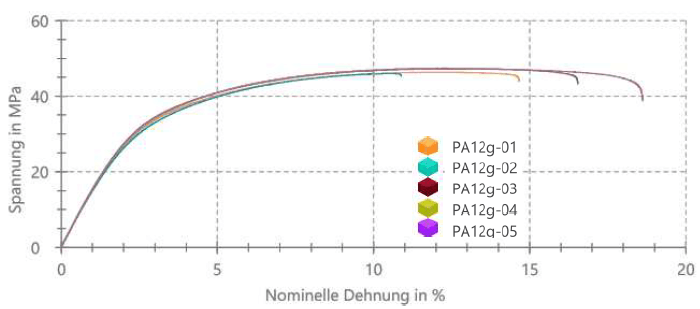
Mechanical properties
Polyamide 12 | Performance is printed in Robust Mode with a 90 µm layer thickness. This mode optimizes the mechanical performance of the material compared to the other modes. Thanks to the nearly isotropic structure, wall thicknesses can often be thinner than with the Essential and Classic variants.
- Tensile strength:
- X/Y: 54 MPa
- Z: 52 MPa
- Elongation at break:
- X/Y: 17 %
- Z: 10 %
- Modulus of elasticity: ~2,000 MPa
- Density: ~1.0 g /cm³ (depending on geometry)
Thermal properties
For continuous loads, 95 °C should not be exceeded. For short-term loads, depending on geometry, up to max. 120 °C is possible. Especially with thin wall thicknesses (< 2 mm) and/or simultaneous mechanical stress, load capacity is reduced.
- Heat deflection temperature (HDT) at 0.45 MPa: 175 °C
- Heat deflection temperature (HDT) at 1.82 MPa: 95 °C
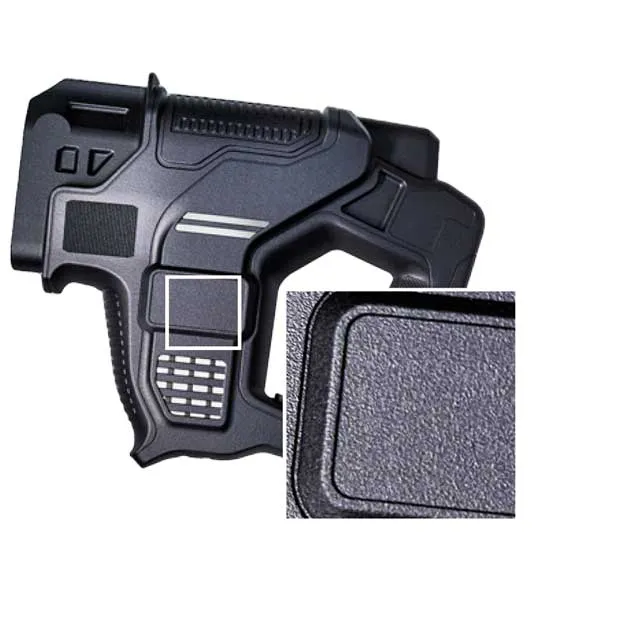
Surface properties
In the Multi Jet Fusion process, polyamide 12 is fused layer by layer as a fine powder. In the raw state, all PA 12 parts therefore have a matte, slightly rough feel – comparable to fine sandpaper. The typical stair-stepping of 3D printing occurs mainly on surfaces with an inclination angle below about 15°.
With PA 12 | Performance we print in Robust Mode with 90 µm layer thickness. This resolution lies between Classic (80 µm) and Essential (110 µm) and produces layer lines that overall are on the level of Classic, but often appear slightly more homogeneous in detail. Certain defects, such as fine bubbles in very thin wall sections, occur less frequently, so edges and radii appear somewhat “cleaner.”
The differences, however, are subtle: in most part geometries, Classic and Performance are visually hardly distinguishable. Visible advantages appear mainly in delicate structures and critical wall thicknesses.
- Roughness Ra bottom: 5 ± 2 µm
- Roughness Ra top: 10 ± 2 µm
- Roughness Ra slope (45°): –

Color
In the 3D printing process (more details on Multi Jet Fusion), the white PA 12 powder is given a black color. The parts are therefore completely black on the inside. On the surface, a white portion remains, consisting, among other things, of sintered white powder particles. This results in the typical gray production color. Due to the process, this is rather inhomogeneous with light and dark areas.
Optionally, black dyeing is possible, in which the remaining white portion is pigmented. The result is homogeneous, fully black parts (i.e. also inside).
Downloads
- Material data sheet: Material data sheet PA 12
Manufacturing tolerance
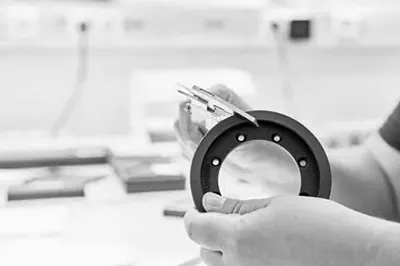
The general tolerance for Polyamide 12 | Performance is ± 0.3 mm up to 100 mm outer dimension, above that ± 0.3%. For large, flat geometries, warping may also occur.
Post-processing of PA 12 | Performance
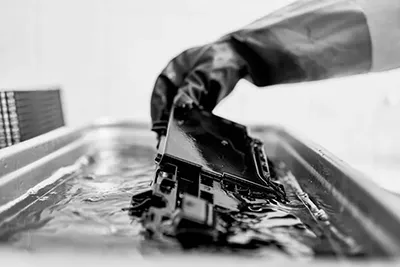
Black dyeing & shot peening
Recommended for visible parts: dyeing followed by surface compaction for a visually and haptically high-quality surface
Order information
- Delivery time: + 1 working day
- Price: depends on quantity and size, typical unit costs approx. EUR 1 – EUR 10 excl. VAT
- Maximum size: 350 x 250 x 150 mm
More information can be found on our dyeing page. Colored dyes are possible with white PA 12 | White.
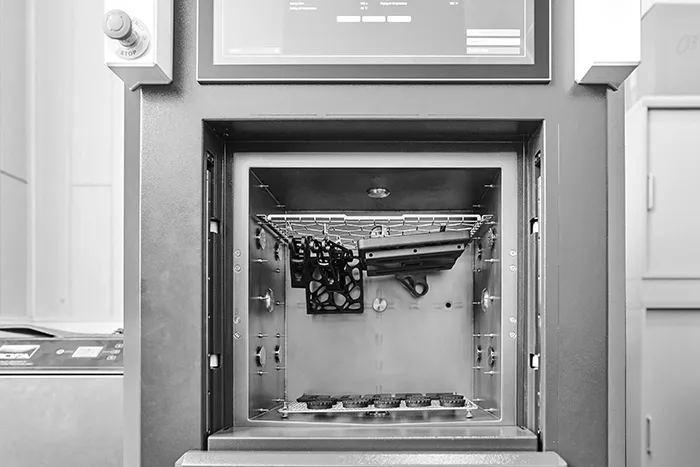
Vapor smoothing (chemical smoothing)
Chemical surface treatment that creates a pore-free surface with reduced roughness. Key applications are liquid- or gas-carrying components, parts requiring easy cleaning (medical, cleanroom), or as a basis for subsequent coating processes (reducing outgassing, reducing porosity, smoothing).
Order information
- Delivery time: + 3 working days
- Price: depends on quantity and size, typical unit costs approx. EUR 5 – EUR 10 excl. VAT
Further information can be found under chemical smoothing.
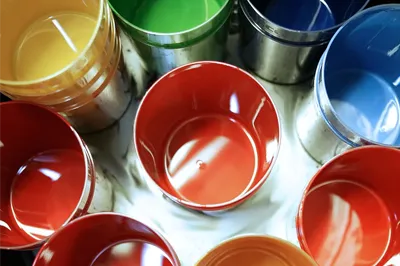
Painting
In wet painting, a paint specific to polyamide 12 is applied.
Order information
- Delivery time: + approx. 2 weeks
- Price: highly dependent on size and quantity. Note: the minimum order value for processing is EUR 100 excl. VAT.
Learn more on our painting page.
Design guidelines
The following is a brief overview of the most important rules for designing your additively manufactured parts. Here you will find more detailed information and tutorials on design for 3D printing.
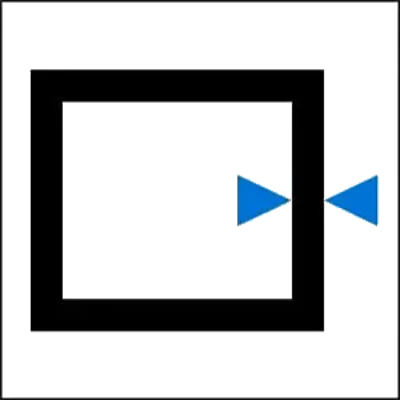
Minimum wall thicknesses
The minimum wall thickness should not be less than 0.7 mm. For longer objects/surfaces or for objects subject to mechanical loads, you should increase the wall thickness.
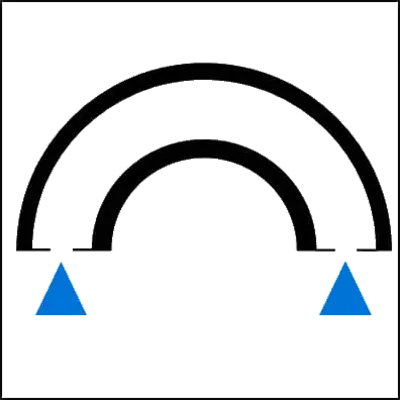
Cavities
Hollow objects can be printed, but openings (min. 10 mm diameter) must be added so that excess material can be removed. For larger cavities, you should plan several openings. The raw material is compacted during the printing process, making excess material very difficult to remove.
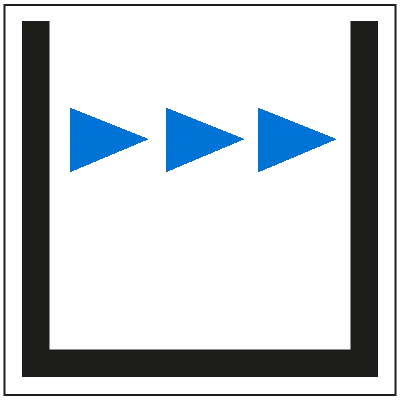
Clearances
Maintain a clearance of min. 0.5 mm for grooves or closely spaced walls. Individual objects (“shells”) must always be uploaded as separate files unless they are firmly connected to each other.

Resolution
Details down to a size of approx. 0.5 mm can be represented.
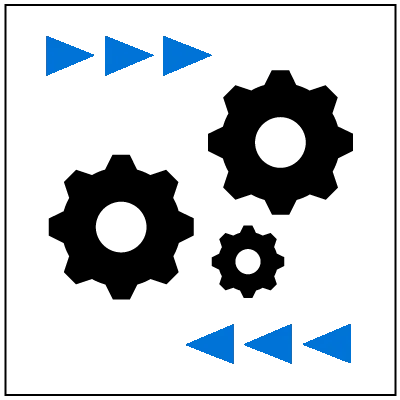
Intermeshing objects
Intermeshing objects can be printed. Please observe a minimum clearance between objects of 0.5 mm. Also make sure that the respective areas are accessible so that excess material powder can be removed.
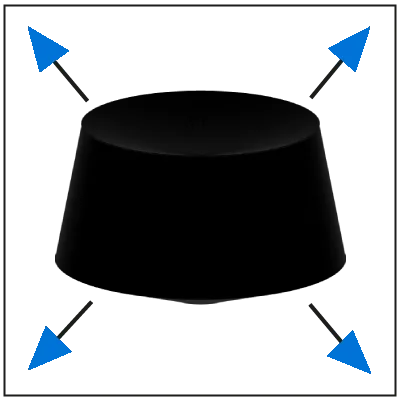
Size
The object should not exceed 370 x 274 x 380 mm.
Prices

Quotation
You can receive an instant quote for your model via our online 3D printing service. PA 12 | Performance is our most powerful PA 12 variant.
Calculation
Prices are calculated based on machine volume, model surface area, and material usage, among other factors.
Express/Priority surcharge approx. 25%
Minimum order value
EUR 50 excl. VAT (EUR 59.50 incl. VAT) / order
Discounts
For higher quantities, a significant reduction compared to the standard price is possible, depending on quantity, part size, and geometry.
